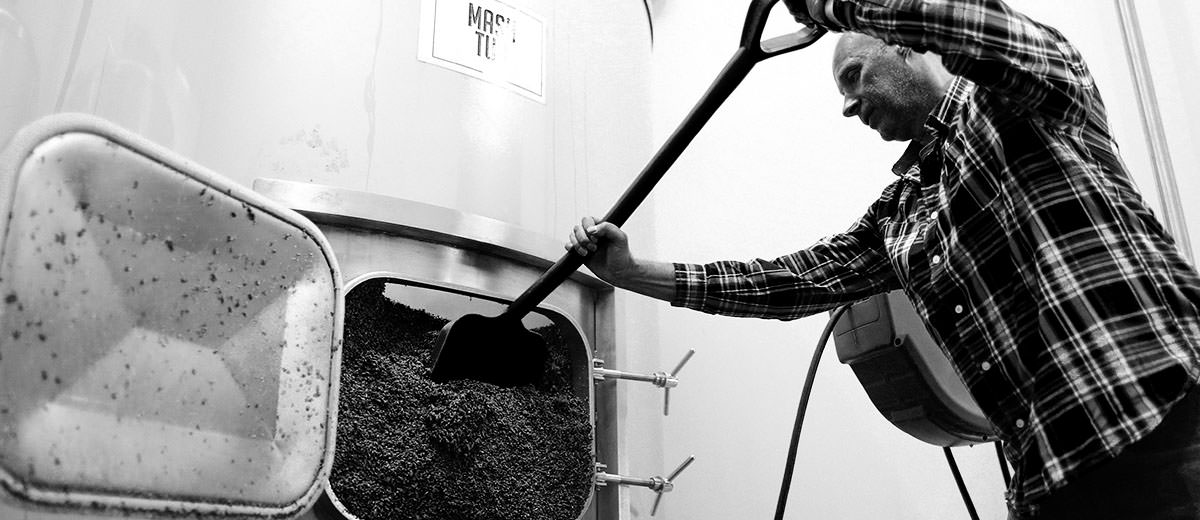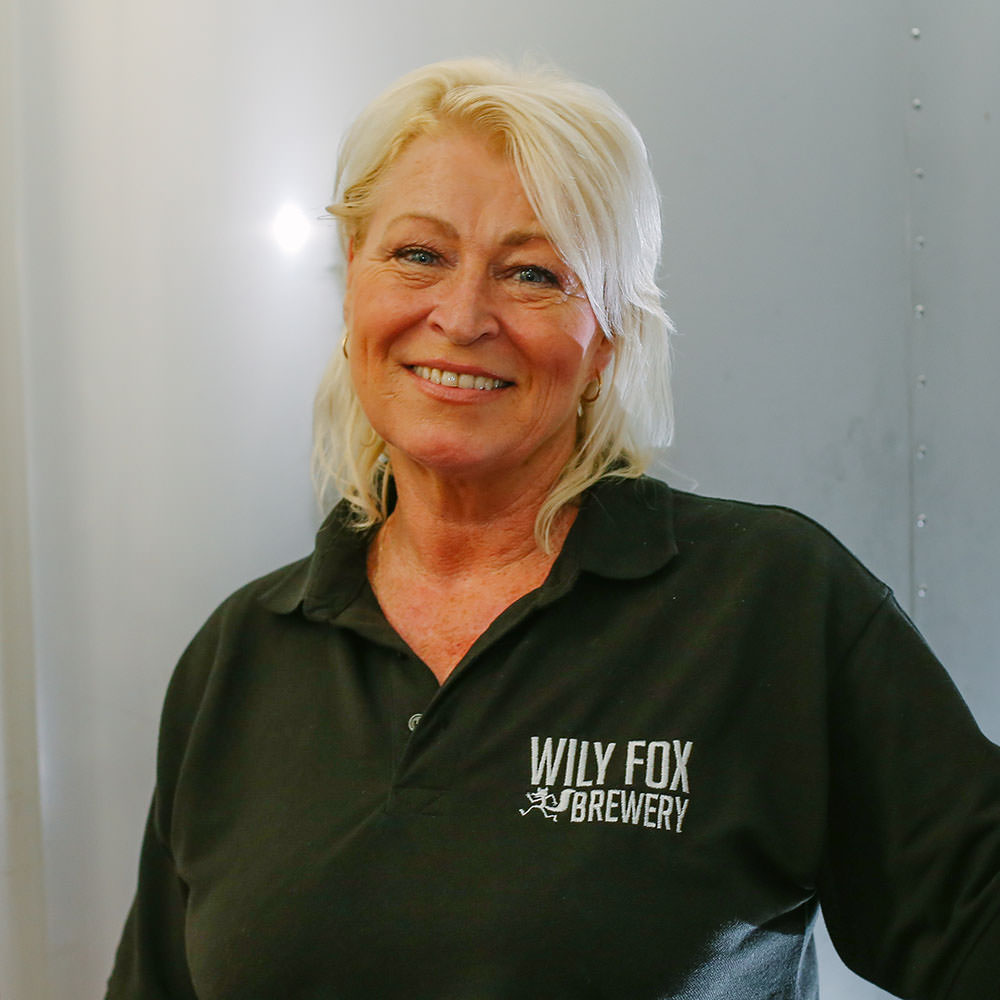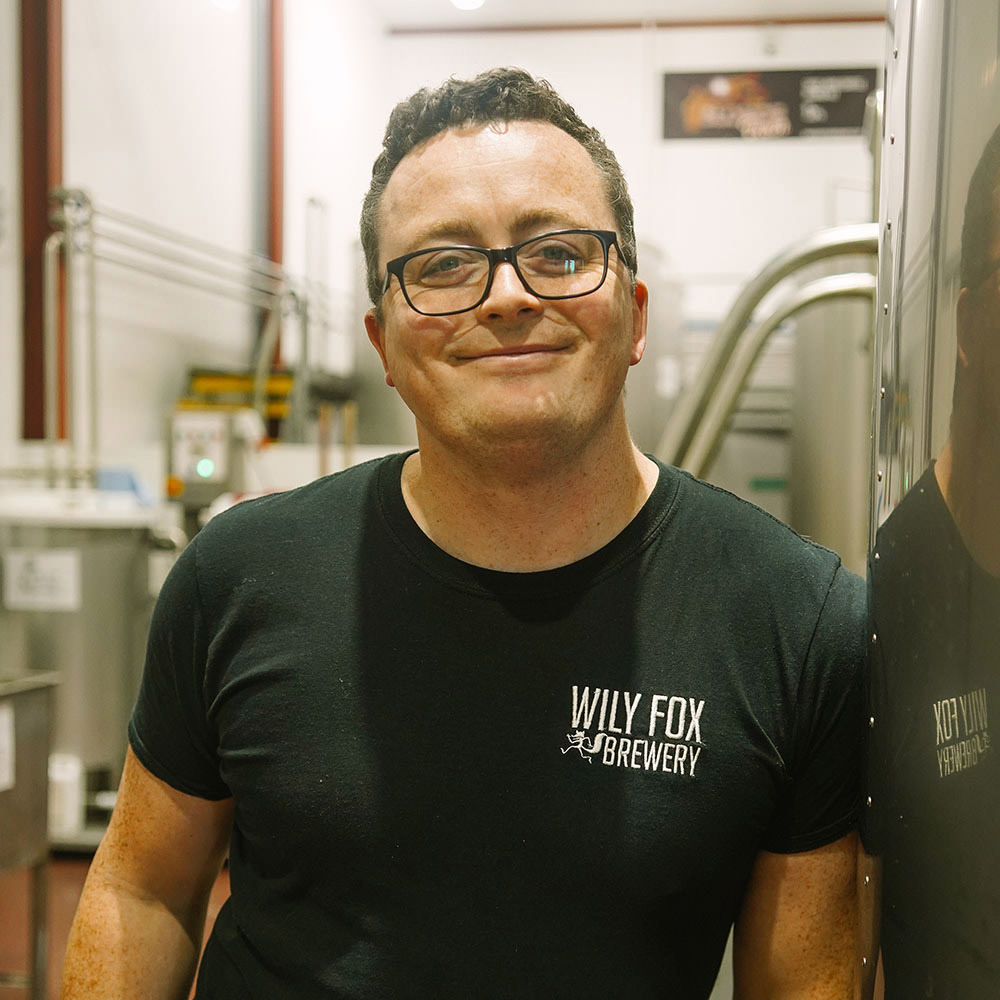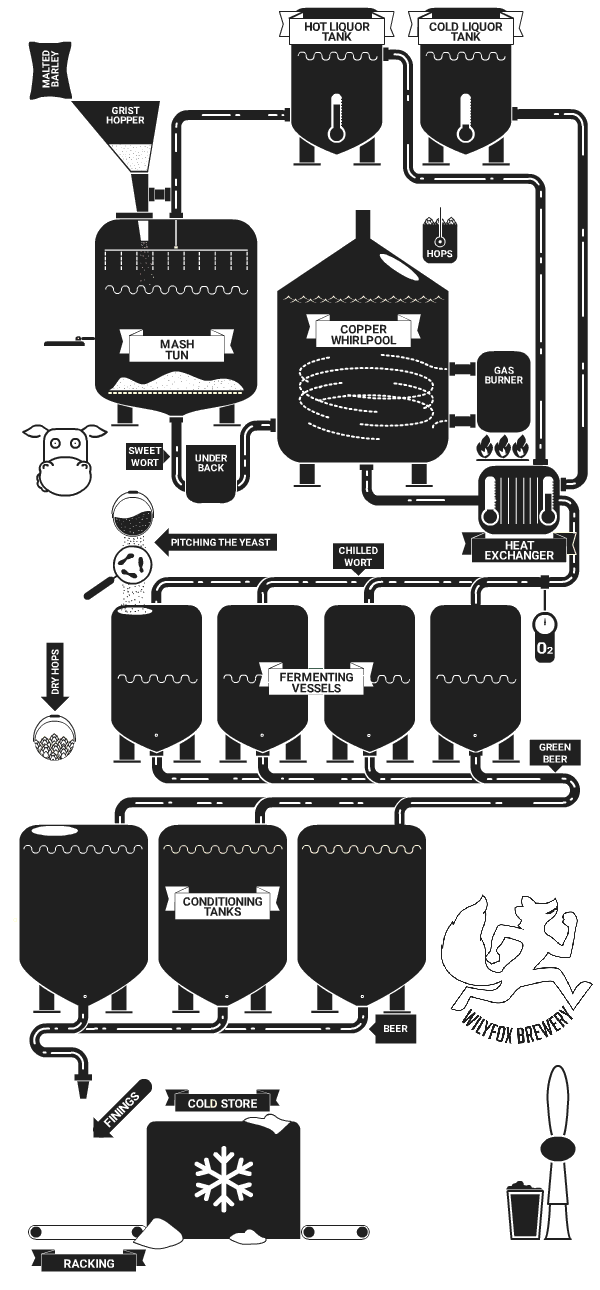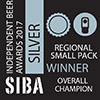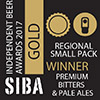Great beers start here. It seems like a long time ago since we first set up the brewery and thinking about beer names. We have made great progress throughout the years and established a solid core range of beers with the addition of delightful speciality beers that make a seasonal return.
Our brewery may be micro but our beers are big on flavour.
Our mission from the start was to create unbelievably, well-crafted beer for everyone to enjoy. We anchor our basis of beer creation in the more traditional of tastes so it can be appreciated by the masses, honouring the beer gods by keeping real craft beer brewing alive. It fills us with joy to see our beers being enjoyed by a diverse range of people in all types of pubs and bars.


